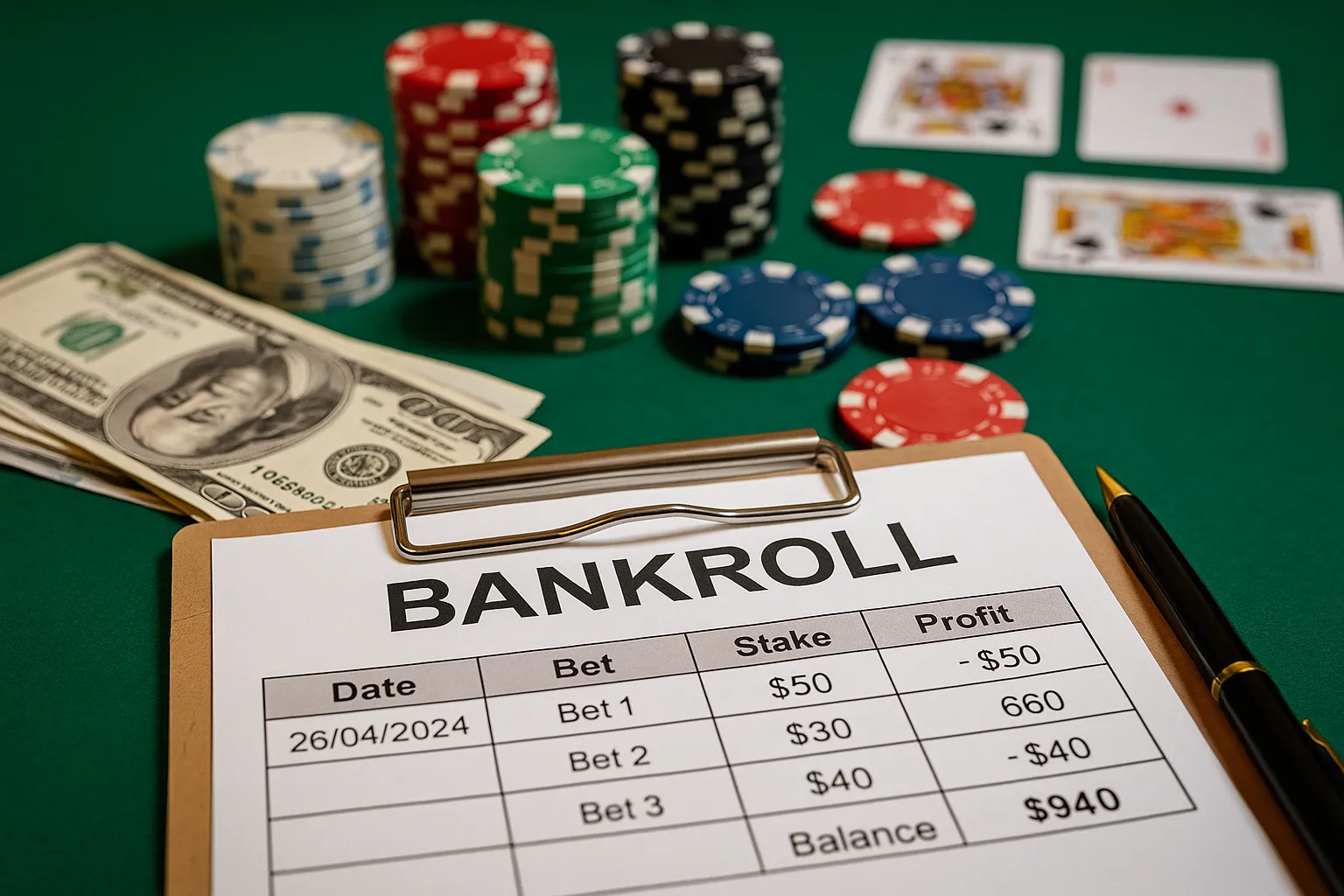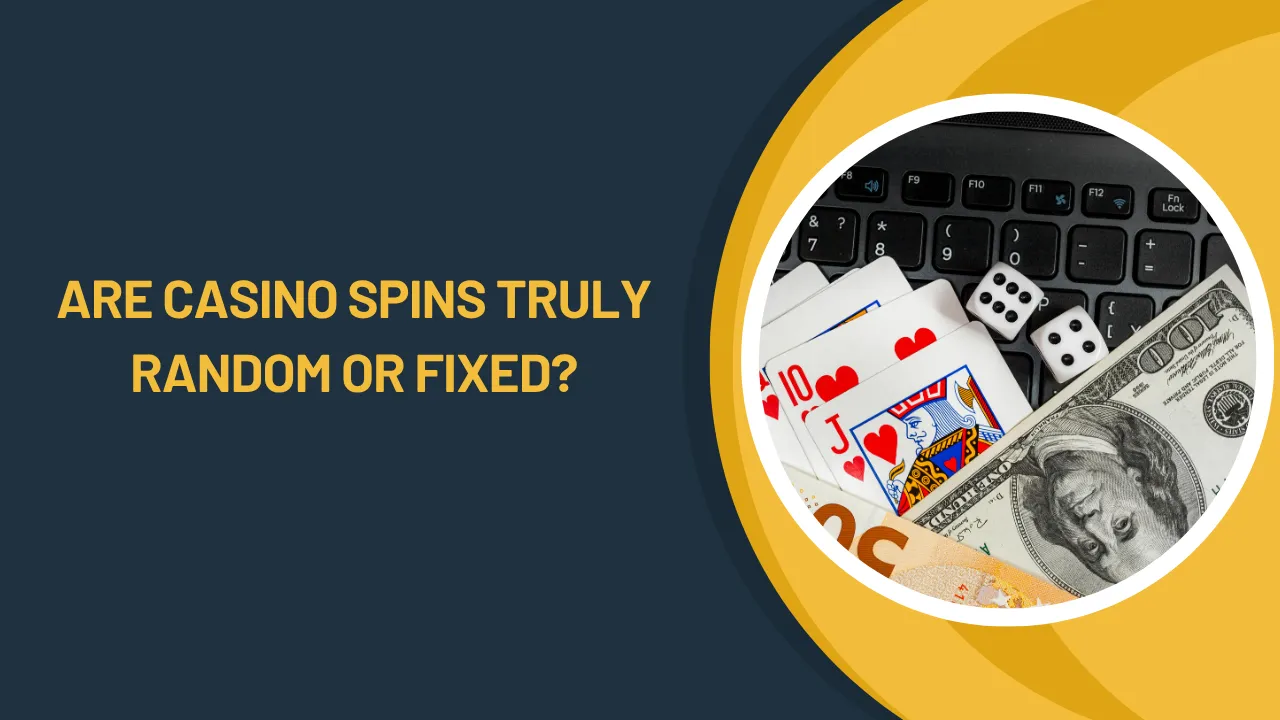Effective bankroll management is the cornerstone of long-term success in betting. Without a clear plan for allocating and protecting your funds, even a series of winning bets can evaporate in moments of overconfidence or poor discipline. Drawing from years of personal betting experience—both at traditional casinos and through non GamStop casinos—I’ve honed strategies that balance risk, maximize enjoyment, and safeguard your capital against the inevitable ups and downs. In this article, we’ll walk through practical steps, proven methods, and real-world examples to empower you with the tools needed to manage your bankroll like a pro.
Why Bankroll Management Matters
At its core, bankroll management is about treating your betting activity as a business, not an impulse. When you set a clear budget and stick to it, you remove emotion from decision-making. This disciplined approach prevents chasing losses, helps you ride winning streaks responsibly, and ensures you always have funds available for your next planned session.
Without a proper bank plan, you risk depleting your entire betting stash in a few rash wagers. Conversely, a sound strategy lets you absorb losses without derailing your overall financial picture. Think of your bankroll as your “working capital.” Just as a business invests only a fraction of its capital in any one deal, you too should limit exposure to avoid catastrophic swings.
Establishing Your Betting Budget
The first step is determining how much money you can afford to wager over a given period—be it weekly, monthly, or per session. Consider this like organizing household expenses: allocate an amount that, if lost entirely, won’t impact your rent, groceries, or other essentials.
Start by answering two questions:
How much discretionary income do you have available for entertainment?
Over what timeframe will you divide this amount into betting sessions?
For example, if you designate $500 per month for betting, you might break that into four weekly sessions of $125 each. That way, even if you lose your weekly allowance, you won’t tap into next week’s funds or exceed your monthly entertainment budget.
Choosing Your Unit Size
Once you’ve set your total bankroll, the next step is defining your unit size—the standard stake you’ll use for most bets. Common practice is to set unit size at 1–5% of your total bankroll. If your bankroll is $500, a 2% unit equals $10.
Using a consistent unit size has three major benefits:
Risk Control: By limiting each bet to a small percentage, you avoid large swings that can cripple your bankroll.
Emotional Cushion: Smaller stakes reduce the emotional intensity of wins and losses, helping you think clearly.
Scalability: As your bankroll grows or shrinks, simply recalculate your unit according to the same percentage.
Case in point: I began betting sports with a $400 bankroll and a 2.5% unit ($10). Over three months of disciplined staking, I saw modest gains mixed with losses—yet I never faced a single session-ending bust. When my bankroll reached $600, my unit naturally adjusted to $15, preserving the same risk profile.
Applying Risk-Management Techniques
Beyond simple unit sizing, advanced strategies like the Kelly Criterion can refine your staking plan. Kelly uses an edge estimate and odds to calculate an optimal fraction of your bankroll to wager, theoretically maximizing growth while minimizing risk of ruin.
Mathematically:
\f$t = \frac{bp – q}{b}\f$
t = fraction of bankroll to bet
b = decimal odds minus 1
p = estimated probability of winning
q = 1 – p
For instance, if you believe a team has a 55% chance of winning (p = 0.55) and the bookmaker offers 2.0 odds (b = 1), Kelly suggests:
\f$t = \frac{1 * 0.55 – 0.45}{1} = 0.10\f$ or 10% of your bankroll.
In practice, many bettors use a “half-Kelly” or “quarter-Kelly” to temper volatility. If a full Kelly calculation yields a 10% stake, placing 5% (half-Kelly) may be a sensible compromise between growth and drawdown control.
Tracking Bets and Performance
A disciplined bettor keeps meticulous records. A simple spreadsheet logging date, event, stake, odds, outcome, and profit/loss can reveal patterns that raw memory never could. Over time, you’ll identify:
Which bet types yield the best return on investment.
Whether your edge estimates are realistic.
How variance affects your short-term results.
I once tracked 200 slot sessions across several non GamStop casinos, charting my net wins and losses. Although the overall return was slightly negative—as expected with games holding house edges—I noticed that sessions limited to 50 spins or fewer showed lower variance and allowed me to stick to my limits more easily.
Allocating Your Bankroll Across Games
Diversification isn’t just for stocks. Spreading your bankroll across different betting activities—sports, poker, table games, slots—can smooth out the ride. Each category comes with a distinct house edge or variance profile:
Sports Betting: Low variance when betting favourites; higher variance on underdogs or parlays.
Poker: Skill-driven edge, but requires player discipline and buy-in management.
Blackjack/Roulette: Table games offer predictable house edges; ideal for small, consistent stakes.
Slots: Very high variance; best suited for entertainment rather than consistent profit.
By allocating, say, 50% of your bankroll to sports bets, 20% to poker, 20% to table games, and 10% to slots, you hedge against catastrophic loss in any one segment. If your sports bets hit a rough patch, your poker winnings can cushion the blow—assuming you stick to your plan and don’t chase losses in high-variance slots.
Avoiding Common Pitfalls
Even the best-laid bankroll plan can derail without self-awareness. The three enemy combatants are:
Chasing Losses: Increasing stake size to recover quickly often leads to larger losses.
Overconfidence During Wins: Doubling down after a big win might clear your gains faster than you earned them.
Neglecting Downgrading: When your bankroll shrinks, your stake sizes should shrink too. Failing to recalibrate means you risk higher percentages of a smaller pool.
To stay on track, set rigid rules: no increase above one unit without a predefined profit threshold (e.g., 10% gain), and mandatory unit reductions when your bankroll drops below certain levels.
Practical Example: Seasonal Betting Strategy
During football season, my monthly bankroll allocation increases by 20% to capitalise on my edge in match-analysis handicapping. If my base bankroll is $1,000 (unit size 2% = $20), I’ll raise my bankroll to $1,200 and unit to $24. Outside the season, I revert to the base levels. This dynamic adjustment aligns with when I have the greatest confidence and information, ensuring my bankroll management adapts to my skill cycle.
Incorporating Break-Even and Stop-Loss Points
Just like traders place stop-loss orders, you can predefine points where you walk away:
Stop-Loss: If you lose 30% of your session bankroll, end the session.
Stop-Win: If you win 30%, pocket profits and end the session.
These thresholds vary by personal tolerance, but they enforce discipline. In my early poker days, I used a 20% stop-loss and 25% stop-win. Although modest, it prevented tilt-induced disasters and made winning sessions feel like real accomplishments.
Leveraging Technology and Tools
Today’s bettors enjoy a suite of apps and online tools designed to streamline bankroll management:
Spreadsheet Templates: Google Sheets with built-in formulas for unit size, Kelly calculations, and performance charts.
Betting Trackers: Mobile apps that log bets automatically via API with major sportsbooks.
Alerts and Reminders: Calendar integrations that remind you to review your bankroll weekly.
One tool I rely on connects to both my sportsbook and poker accounts, generating a dashboard that shows my overall ROI, win rate, and bankroll growth in real time. By automating record-keeping, I avoid human error and ensure I only focus on analysis and strategy.
When to Seek Professional Help
If betting forms a significant income stream, consider consulting a financial planner or tax specialist. Depending on your jurisdiction, gambling winnings may carry complex tax obligations. In the UK, profits from poker are generally tax-free, but sports betting wins can be taxed under certain conditions. Moreover, advice from behavioural specialists or support services can help if you feel your betting behaviour edging towards irresponsibility.
Conclusion
Successful betting is not about chasing big wins in single high-risk plays. It’s about consistent, disciplined management of your bankroll—much like a seasoned investor managing a portfolio. By establishing a clear budget, defining sensible unit sizes, applying risk-management techniques like the Kelly Criterion, and tracking performance meticulously, you place yourself on a path toward sustainable success. Remember to adapt your plan to different games and seasons, enforce stop-loss and stop-win points, and leverage technology to stay on top of your results. With a robust bankroll strategy, you transform betting from a gamble into a calculated, enjoyable pursuit.








